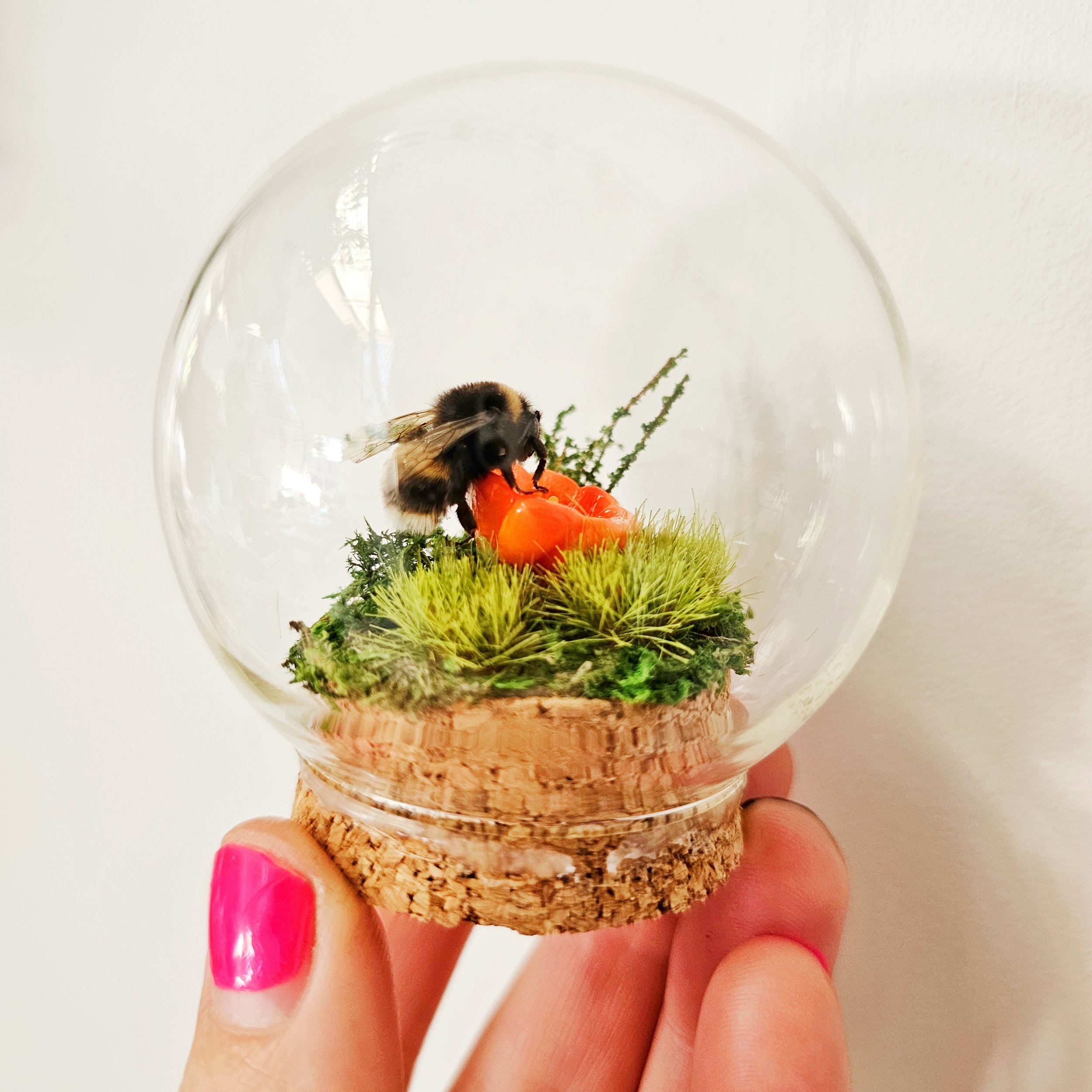Man Face Bug
SPECIES: Eucorysses Grandis
ORIGIN: Indonesia
DESCRIPTION: The Man Faced bug comes from the family Scutelleridae. If you look closely, you will see skull face like markings on the back. Indigenous communities believe that this bug is an omen and death to your family will result if this bug is killed. It was discovered in 1178 by British entomologist Dru Drury. This species masses in dense groups of several hundred on fruit trees. They are considered a pest as they feed on the young shoots and sap of valuable crops such as Cashew trees, corn and cotton. Their bright colour is said to warn predators of it's toxicity.
FRAME 14.5x14.5xD5cm
SPECIES: Eucorysses Grandis
ORIGIN: Indonesia
DESCRIPTION: The Man Faced bug comes from the family Scutelleridae. If you look closely, you will see skull face like markings on the back. Indigenous communities believe that this bug is an omen and death to your family will result if this bug is killed. It was discovered in 1178 by British entomologist Dru Drury. This species masses in dense groups of several hundred on fruit trees. They are considered a pest as they feed on the young shoots and sap of valuable crops such as Cashew trees, corn and cotton. Their bright colour is said to warn predators of it's toxicity.
FRAME 14.5x14.5xD5cm
SPECIES: Eucorysses Grandis
ORIGIN: Indonesia
DESCRIPTION: The Man Faced bug comes from the family Scutelleridae. If you look closely, you will see skull face like markings on the back. Indigenous communities believe that this bug is an omen and death to your family will result if this bug is killed. It was discovered in 1178 by British entomologist Dru Drury. This species masses in dense groups of several hundred on fruit trees. They are considered a pest as they feed on the young shoots and sap of valuable crops such as Cashew trees, corn and cotton. Their bright colour is said to warn predators of it's toxicity.
FRAME 14.5x14.5xD5cm









